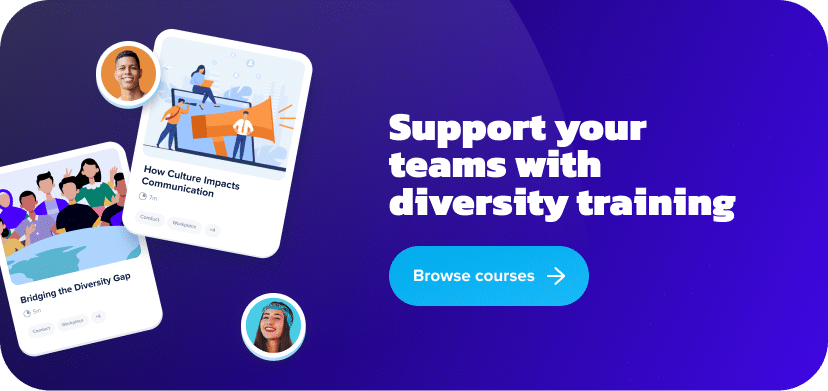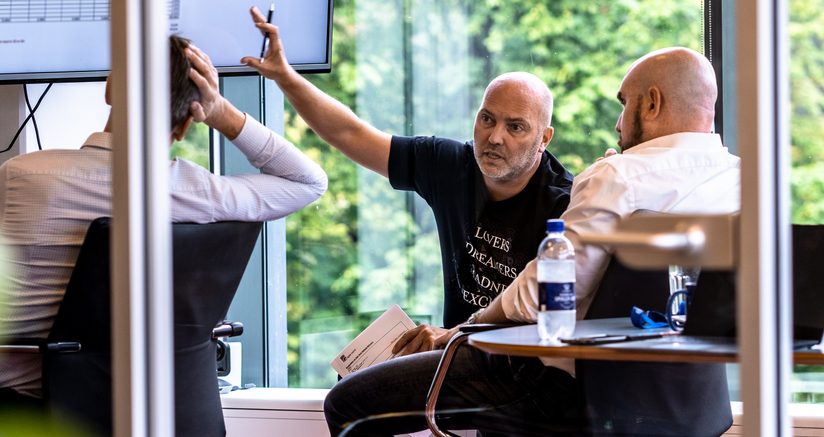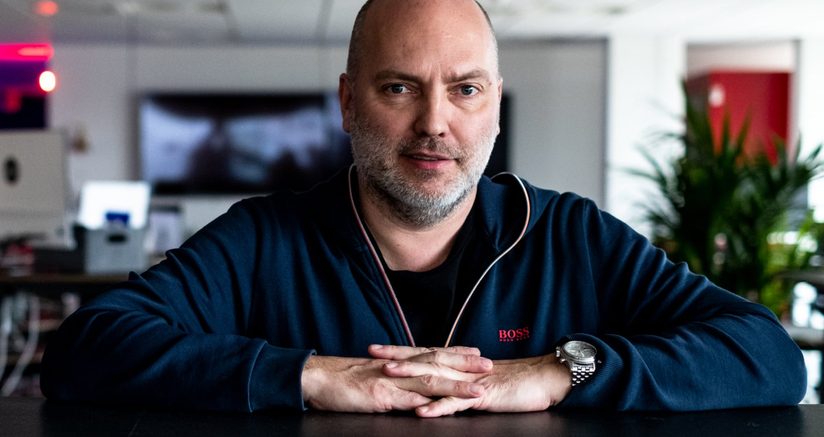What is the importance of diversity in the workplace? According to Josh Bersin, inclusive companies are 1.7x more likely to be innovation leaders in their market. In fact, 67% of job seekers said a diverse workforce is important when considering job offers, according to Glassdoor.
Creating a diverse workplace is so important, but it’s often overlooked for most organizations. Diversity is not only a moral imperative, but also a strategic advantage for any organization that wants to succeed in today’s competitive and dynamic world. Here’s why:
- Greater diversity can inspire creativity and innovation, as people from different backgrounds and perspectives can offer new ideas and solutions to problems. This can lead to better products, services, and customer satisfaction.
- Workplaces that embrace other cultures can enhance the employee experience, as people can learn from each other, appreciate different cultures and values, and foster a sense of belonging and respect. This can improve employee engagement, retention, and productivity.
- Diversity can increase the market reach and reputation of the organization, as it can appeal to a wider range of customers, partners, and stakeholders. A diverse workforce can also help the organization understand the needs and preferences of different segments of the market and tailor its strategies accordingly.
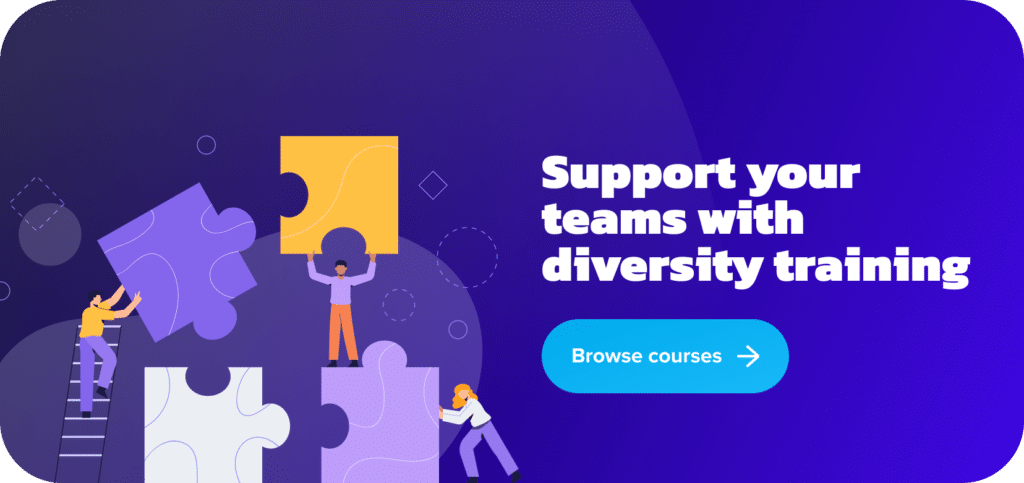
Why diversity in the workplace matters
Let’s start with definitions. Diversity goes beyond mere representation. It encompasses the full spectrum of characteristics that make individuals unique, including factors like race, gender, age, sexual orientation, abilities, and more.
Equality is about ensuring that every individual, regardless of their background or identity, is treated fairly and has equal access to opportunities. It’s about creating a level playing field for all, eradicating discrimination and bias. Inclusion is the practice of actively involving and valuing diverse individuals. It’s about fostering an environment where everyone feels respected, heard, and empowered to contribute their best, regardless of their differences.
So, why should diversity training matter to organizations? Diversity, equality, and inclusion are essential to an organization’s success for several reasons. Diverse teams bring together a wealth of perspectives and experiences, leading to more creative problem-solving and innovation. An inclusive workplace cultivates higher levels of employee satisfaction, engagement, and productivity. Organizations that embrace diversity and inclusion are better equipped to understand and cater to a wide range of customer needs, enhancing their competitiveness. Plus, complying with anti-discrimination laws and regulations is not just a legal obligation but a necessity to avoid legal risks and liabilities.
Related: On-demand webinar: HR’s Role in Diversity, Equality and Inclusion
In eloomi, we show diversity not only by being an international organisation but also with the people we hire. Our workforce includes 3 different generations: Gen Z, Millennial and Gen X. As Gen Z continues to join the workforce, we will see a rise in diversity numbers. A study brought to our attention by Business Insider shows 81% of Gen Z’s have one or more friends of a different race. This makes them an even more diverse generation than their predecessor Millennials.
Racially and ethnically diverse companies outperform industry norms by 35%.
McKinsey
At eloomi, we show diversity not only by being an international organisation but also with the people we hire. Our workforce includes 3 different generations: Gen Z, Millennial and Gen X. As Gen Z continues to join the workforce, we will see a rise in diversity numbers. A study brought to our attention by Business Insider shows 81% of Gen Z’s have one or more friends of a different race. This makes them an even more diverse generation than their predecessor Millennials.
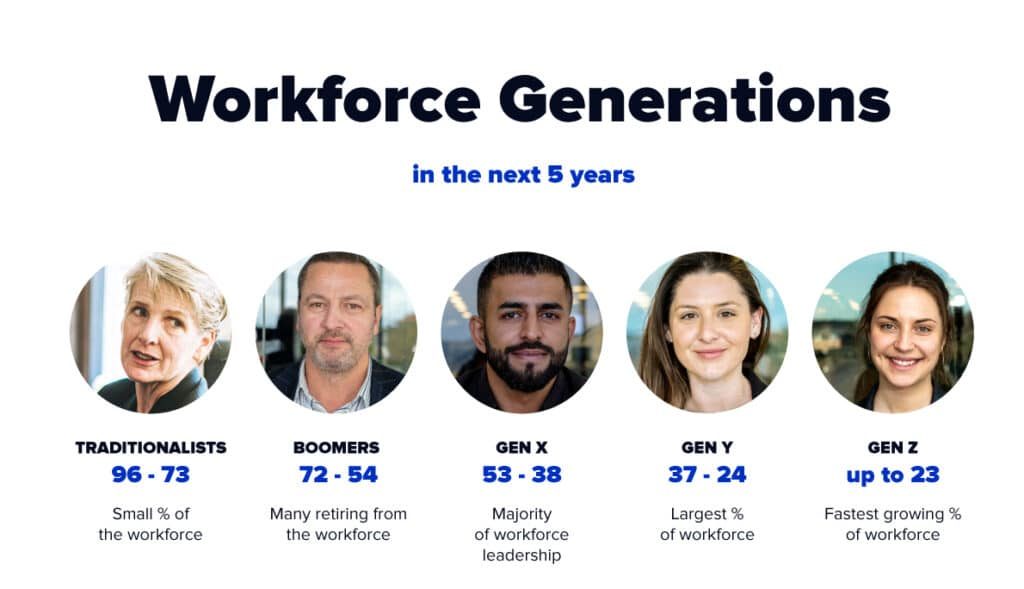
How to get started with Diversity, Equality and Inclusion Training
To start incorporating diversity, equality, and inclusion into your organization, HR can take the following steps:
Begin by assessing your current workforce, policies, and practices. Identify areas that need improvement. Secure commitment from senior leadership to drive change and create a culture that values diversity and inclusion. Implement diversity and inclusion training programs for all employees to raise awareness and foster understanding.
Reevaluate recruitment practices to attract a more diverse pool of candidates. Review and update HR policies to ensure they promote equality and inclusion. Encourage open and honest feedback from employees to gauge the effectiveness of your initiatives.
Incorporating diversity, equality, and inclusion isn’t just about compliance; it’s about creating a workplace where every individual can thrive and contribute their best. When HR takes the lead in championing these principles, organizations are better poised to achieve success, innovation, and lasting cultural change.
